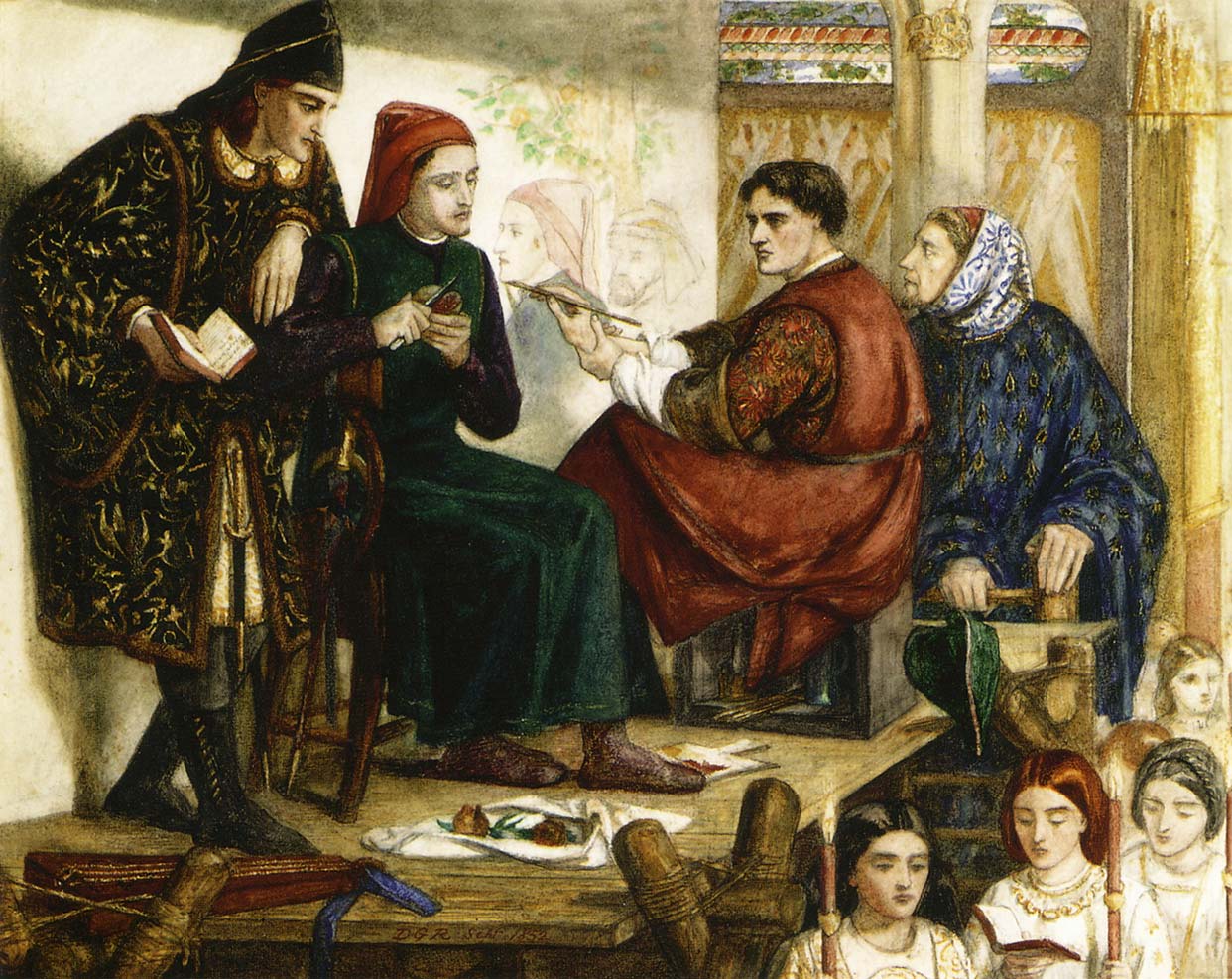
Dante and the Invention of the Italian Language
“Italians speak Italian”. It seems obvious. Yet not too long ago neither were there any “Italians” in the way we understand it today; and nor was there a single “Italian” language. It is indeed little known that when the country of Italy did finally come into being in 1861 about 2.5% of her people spoke what we today call Italian. Even up until 1951, less than 20% of Italians used Italian exclusively in their daily life. Indeed, until the most recent generations, Italian was, at best, a second language for most Italians. Their first language was their regional, and often local, language. The Italian National Institute of Statistics reported that by 2012 53% of Italians were predominantly speaking Italian in the family home. As we entered the new millennium Italian was becoming the primary living language of a majority of Italians.
In this land of many countries, the Italian phrase “mio paese” meant both your home village and the nation to which you belonged. It still does. This tells us something of the realities of a peninsula which only recently saw itself as a single country. Even the word Italian only emerged slowly over time. It was not until the 13th century that the word “Italiani” started to be used by people outside Italy to describe the people that lived in the peninsula. Before that the term “Lombardi” had been used (given that for hundreds of years Lombard realms and duchies had covered much of mainland Italy).
Italian Languages emerge from the Shadows of Latin in a Multilingual World
The common tongue in Italy at the end of the Roman era was Latin. Over hundreds of years, however, each area of Italy began to develop its own version of Latin and eventual what was called “vulgar” – the everyday speech of the people. The result, over time, was a diverse menagerie of “Italians”: sister languages to each other. Many of these are still spoken in different parts of the Italian Peninsula and some aren’t mutually comprehensible.
It is worth noting that this vision of the story of Italian is incomplete because Italian was in dialogue not only with versions itself; but also in dialogue with other languages. German, Greek, Arabic, Provencal-French and Spanish all contributed words, and sometimes literature to Italian.
Dante Alighieri’s Vulgar Eloquence
Dante Alighieri (1265-1361) is celebrated as “the father of Italian”. It is a deserved accolade as he invented the idea of Italian (what he imagined as an “eloquent vulgar tongue”). More, through his master work the Divine Comedy, Dante embodied his vision of what this language could be. Other Florentines, particularly Petrarch and Boccaccio followed in his footsteps in a movement that was to spread across all of Italy.
When Dante wrote, the Italian scene was comprised of countries both within and outside Italy. Furthest south, Sicily was an independent realm under the Kingdom of Aragon of north-east Spain. The Kingdom of Naples had for some decades been a separate kingdom under the rule of an Angevin (i.e. French) dynasty. It covered southern Italy up to the Papal States which angled north across the peninsula from Rome to the Adriatic. North and west of the Papal States Italy was a confusion of independent and semi-dependent states. Some like Florence and Venice were powerful and influential republics. Some were nominally under under the rule of the Holy Roman Emperor whose centre of power was in Germany. Italy was both divided within itself, and politically and culturally linked to realms outside of what we normally think of as Italy.
In such a world, Dante had choices to make in shaping “vulgar” language to his needs. What sister languages was he to include in his “Italian” and what was he to exclude? In other words, he set about categorising languages. In his most important work on the subject, De Vulgari Eloquentia he distinguishes between Romance languages from Slavo-Germanic and Greek. Romance languages he divides into three branches: “Yspani, Franci et Latini” or as a translator of Migliorini’s work on the Italian Language translates it “French, Provençal-Catalan and Italian”. The explicit criterion that Dante uses for this three-fold division is that each has a different word for “yes”; although he notes that they share much vocabulary in common. As all Italy (east of Genoa and down to Sicily) used the term “si” for yes he groups them together as one set of languages.
It was not as “natural” a division in Dante’s time as it might seem to us today. He knew in particular that he had to make a case as to why what many described as “Sicilian” should be included in Italian, because as he says it is called “Sicilian”. Referring to greatness of the Sicilian-Norman kingdom he writes:
First let us turn our attention to the language of Sicily, since the Sicilian vernacular seems to hold itself in higher regard than any other, first because all poetry written by Italians is called ‘Sicilian’, and then because we do indeed find that many learned natives of that island have written
Dante, De Vulgari Eloquentia, translated by Stephen Botterill
serious poetry, … And since Sicily was the seat of the imperial throne, it came about that whatever our predecessors wrote in the vernacular was called ‘Sicilian’. This term is still in use today, and posterity will be able to do nothing to change it. Racha, racha! [Thou fool] What is the noise made now by the trumpet of the latest Frederick, …
Dante’s words suggest he thought of Sicily’s glory days as behind her. (In fact, Sicily still had much history ahead of her). However, in grouping “Sicilian” with “Italian” he is only concerned with the literary language of the poets and learned; rejecting for inclusion in his concept, the language of the common people of Sicily. However, he applies the same attitude to most the languages of all other parts of Italy – seeking to distill that which is to him “eloquent”. It is somewhat curious as in De Vulgari Dante recognises that the merit of the common speech of the people.
I call ‘vernacular language’ that which infants acquire from those around them when they first begin to distinguish sounds; or, …, I declare that vernacular language is that which we learn without any formal instruction … There also exists another kind of language, at one remove from us, which the Romans called gramatica [i.e. Latin] … Few, however, achieve complete fluency in it, since knowledge of its rules and theory can only be developed through dedication to a lengthy course of study. Of these two kinds of language, the more noble is the vernacular: first, because it was the language originally used by the human race; second, because the whole world employs it, though with different pronunciations and using different words; and third because it is natural to us, while the other is, in contrast, artificial. And this more noble kind of language is what I intend to discuss.
Dante, De Vulgari Eloquentia, translated by Stephen Botterill
Further, the centrality of his desire to promote an alternative to Latin is evident in his Convivio (another work which he writes in vernacular). Here Dante found it necessary to apologise for the fact that his has not written in Latin and provides three justifications (which he explains at length). Firstly he prefers the vulgar for artistic reasons; secondly because he wishes as many as possible to be able to read the work; and thirdly because of a natural love of one’s own language.
There can be little doubt that Dante’s model, which he then put into practice in one of Europe’s greatest works of literature, “invented” Italian. He defined the borders of the “Italian” and its character as a literary “eloquent” tongue. It was to have the merits of the literacy of the Romans and the naturalness of vernaculars of the peoples of Italy of his day. The choices Dante made had a profound influence on the future history of Italy, its social structure and its very identity.
There is much more to be said about Dante and much more to the story of the Italian language. About three hundred years after Dante’s De Vulgari Eloquentia a formal body: the Accademia della Crusca of Florence would release the first dictionary of the Italian language: the Vocabolario degli Accademici della Crusca. It was centuries more before Italy itself became a country, and still longer before Italians universally came to speak Dante’s “eloquent vulgar”.
Image
Giotto Painting Dante by Dante Gabrielle Rossetti (1828-1882). Beatrice walks below.
Sources and Notes
The Italian Language and its Origins La Gazzetta Italiana November 2012 Michele Alonzo
History of the Italian Language
Dante, De vulgari eloquentia, translated by Steven Botterill
Bruno Migliorini, The Italian Language, translated and abridged by T Gwynfor Griffith, Faber and Faber London, 1966, 1984 particularly Chapter 5 Dante and Epilogue
Tullio De Mauro, Storia Linguistica dell’Italia Unita, Editori Laterza, 2nd edition, 1984
The first paragraph of this article was amended on 25 February 2019 to add information provided from ISTAT. It was also amended on 14 October 2018 to better reflect the information below from the Epilogue to the Griffith’s translation of Migliorini on the use and diffusion of Italian at unification and following:
The relationship of various authors to literary Italian and the kind of use they were able to make of it is one of the great interests of study of Italian literature. Many Italian authors learned it as they learned Latin and Greek, as if they were studying a dead language. After all, from the sixteenth century onwards, if one read Bembo’s Prose della volgar lingua (or grammars which followed its doctrines), then applied oneself to the authors approved in that work (especially Petrarch for verse and Boccaccio for prose) and (after 1612) used the Vocabulario della Crusca as a dictionary, one could learn to write a language which would be understand by other men of letters in other parts of Italy who had followed a similar apprenticeship, in spite of the fact that if some of those writers had spoken their own dialects they would have been mutually unintelligible … Outside Tuscany and Rome, Italian was known only to those who were literate. And at the time of the unification of Italy in 1861 nearly four-fifths of the population could neither read nor write. These facts are the basis of the calculations that those who believe that at that time only about 2.5 percent of the population of 25,000,000 could speak Italian, a total of about 630,000. It has been estimated that as late as 1951 less than a fifth (18.5 per cent) of the people spoke Italian exclusively (i.e. more than four-fifths used dialects for some purposes, and very many of those for most purposes) and 13% could speak nothing but dialect. In other words, the vast majority of Italians were bilingual, and for most of them Italian was a second language. [citing de Mauro, Storia linguistica dell’Italia unita, pp 115-116]
Migliorini, translated Griffith, pp 510-511
Further information on the growth of Italian as a living language is found in de Mauro. de Mauro’s starts his discussion by highlighting that the traditional calculation of numbers of “Italian speakers” by equating them with numbers of “Italian nationals”:
“alterano la realtà linguistica italiana al punto da rendere incomprensibile o, per dir meglio, del tutto invisibile la profonda rivoluzione linguistica causata dall’unificazione” [it alters the reality of the italian linguistic situation to the point of rendering it incomprehensible, or more accurately, to the point of rendering the profound linguistic revolution caused by unificiation entirely invisible]
de Mauro, p 13
He continues by noting that Italian was almost entirely a literary language which had hardly evolved from the thirteenth to the mid-nineteenth century. Indeed this very traditionalism of italian provided the right environment for the continued development and use of regional dialects, which were the actual language of day to day discourse of Italy even in its various courts. [pp 31 et seq] To this was added the absence (indeed sometimes the suppression) of general popular education that limited a full education to very small numbers. Within these contexts de Mauro makes the following calculation:
Tuttavia, adottando criteri di grande larghezza, si può concludere che negli anni dell’unificazione color che fuori di Roma e della Toscana erano giunti ad apprendere l’italiano erano circa l’8 per mille della popolazione, ossia circa 600.000 persone disperse, per così dire, in una massa di 20 milioni di individui.
Altro era il caso di Firenze (con le restanti città toscane) e di Roma: … in Toscana e a Roma i dialetti locali erano particolarmente vicini nella struttura fonologica morfologica e lessicale alla lingua comune; inoltre, nello squallore scolastiche dello Stato Pontificio, Roma era un’isola in cui le istituzioni scolastiche popolari erano più che altrove in Italia efficienti e diffuse. Perciò si può concludere che … a Roma e in Toscana un reale possesso della lingua comune: ai 160.000 italofoni di altre regioni vanno dunque aggiunti circa 400.000 toscani e 70.000 romani.
In conclusione, negli anni dell’unificazione nazionale, gli italofoni, lungi dal rappresentare la totalità dei cittadini italiani, erano poco più di seicentomila su una popolazione che aveva superato i 25 milioni di individui: a mala pena, dunque, il 2,5% quella di coloro che allora e poi nelle statistiche ufficiali venivano designati come <<alloglotti>>.
In any case, taking a very conservative approach, it can be concluded that in the years of Italian unification those who had learnt Italian outside Rome and Tuscany were about 8 per thousand of the population, that is about 600 000 individuals, dispersed, so to say, in a mass of 20 million people.
The situation was different in Florence (and the other cities of Tuscany) and Rome … in Tuscany and in Rome the local dialects were particularly close in phonological structure, morphology and lexicon to the national language; moreover in the educational squalor of the Papal States, Rome was an oasis in which public educational institutions were more efficient and diffused than elsewhere in Italy. Thus it can be concluded that … in Rome and Tuscany there was an actual possession of the national tongue: to the Italian speakers of the other regions we can therefore add around 400,000 Tuscans and 70,000 Romans.
In conclusion, in the years of national unification, Italian speakers, far from representing the totality of Italian citizens, were little more than 600,000 in a population that had exceeded 25 million individuals: barely, therefore, the 2.5% of those who then and later were designated in official statistics as speakers of minority languages.
de Mauro, p 43
An interesting anecdote on the absence of a common tongue and the reality that literary Italian was a “dead” language in the years leading to unification comes from a letter from Marcioness Arconatti to William Nassau Senior in 1850. So much was this the case that even the “creators” of Italy had difficulty “speaking” the language.
Even in Piedmont, difference of language is our great difficulty: our three native languages are French, Piedmontese and Genoese. Of these, French alone is generally intelligible. A speech in Genoese or Piedmontese would be generally unintelligible to two-thirds of the Assembly. Except the Savoyards, who sometimes use French, the deputies all speak in Italian; but this is to them a dead language, in which they have never been accustomed even to converse. They scarcely ever, therefore, can use it with spirit or fluency. Cavour is naturally a good speaker, but in Italian he is embarrassed. You can see that he is translating; so is Azeglio; so are they all…
Denis Mack-Smith, The Making of Italy 1796-1866, Palgrave 1968, 1988, p 73

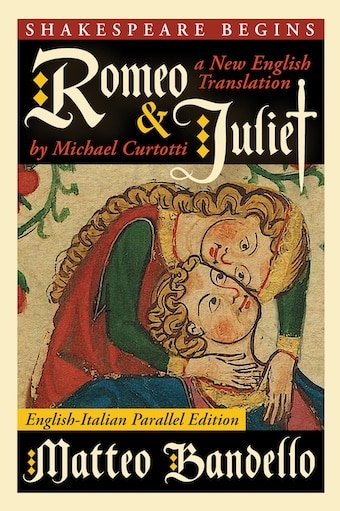
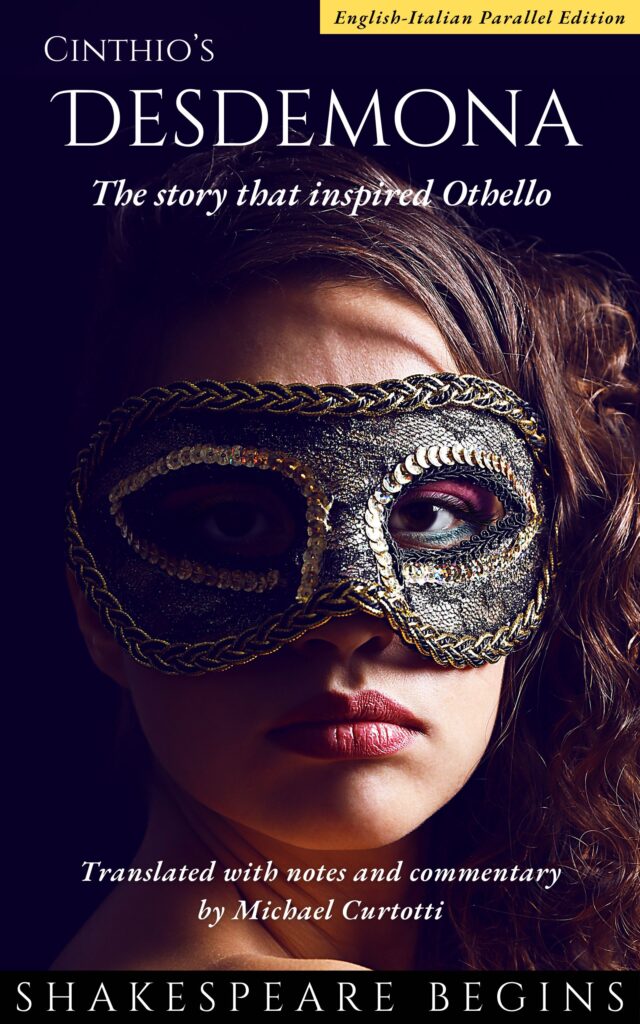
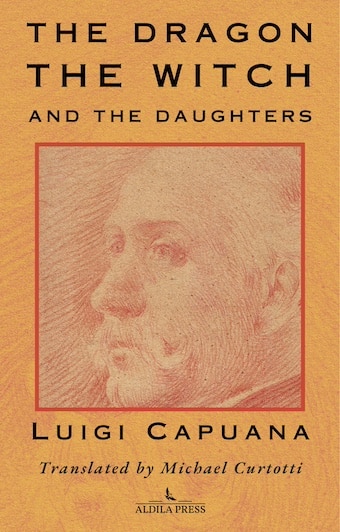


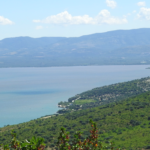
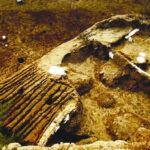
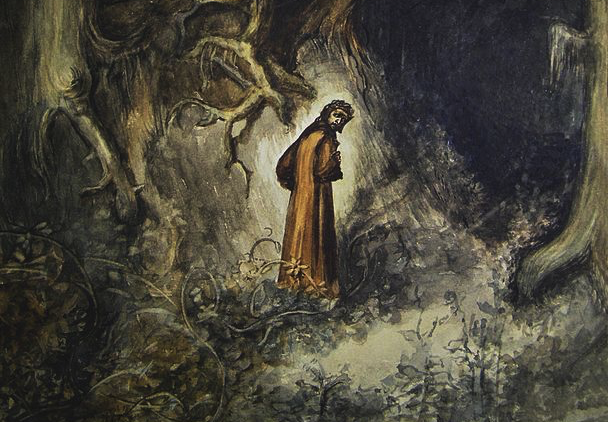
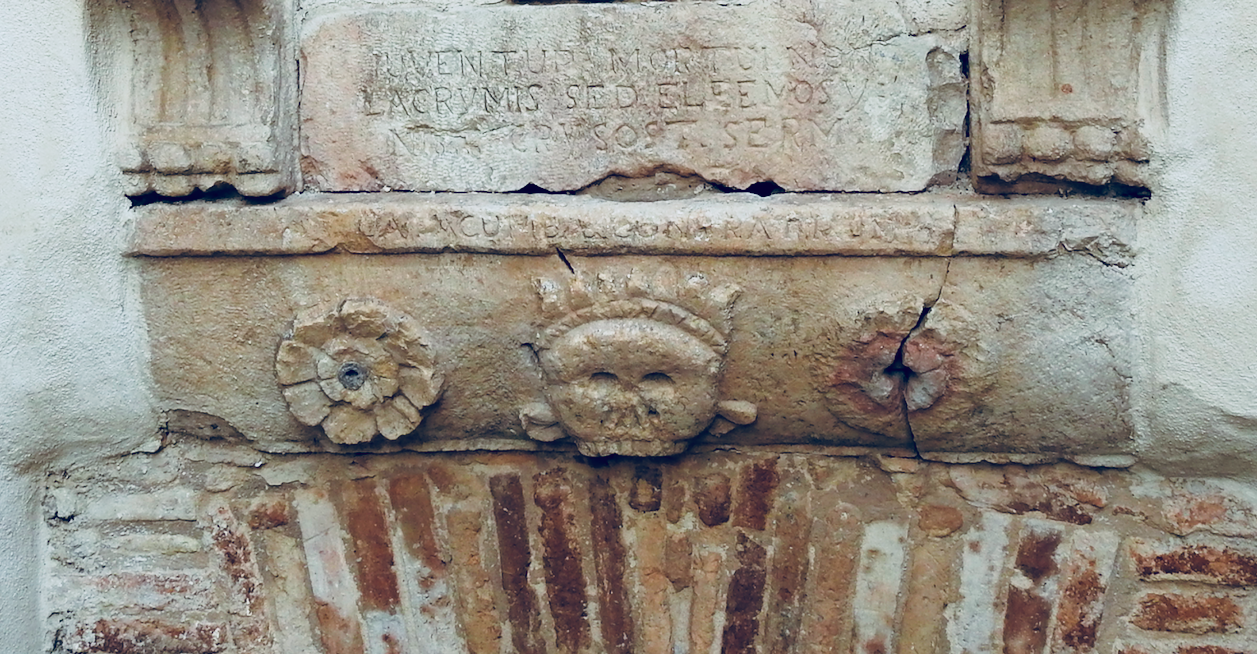

2 Comments
Pingback:
Pingback: